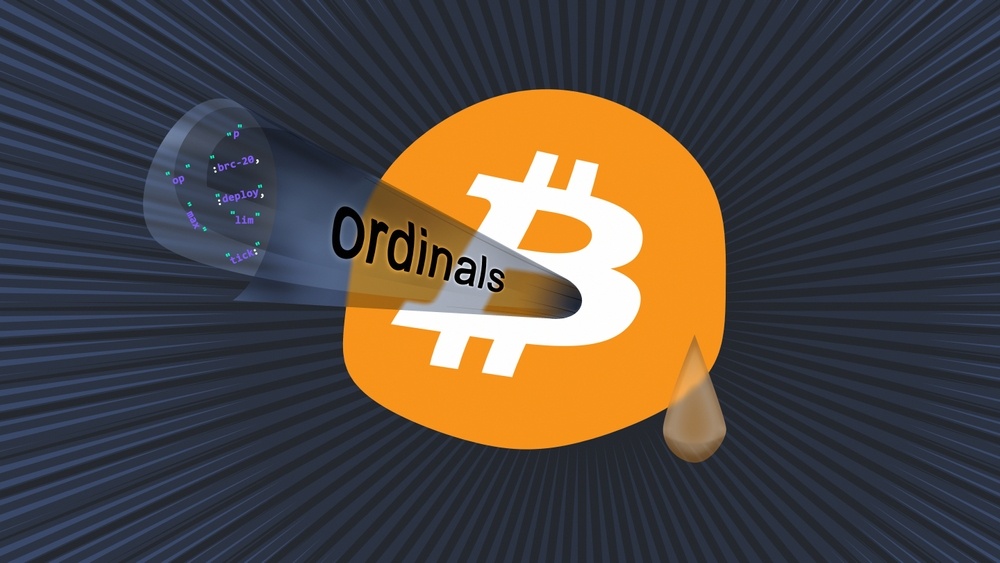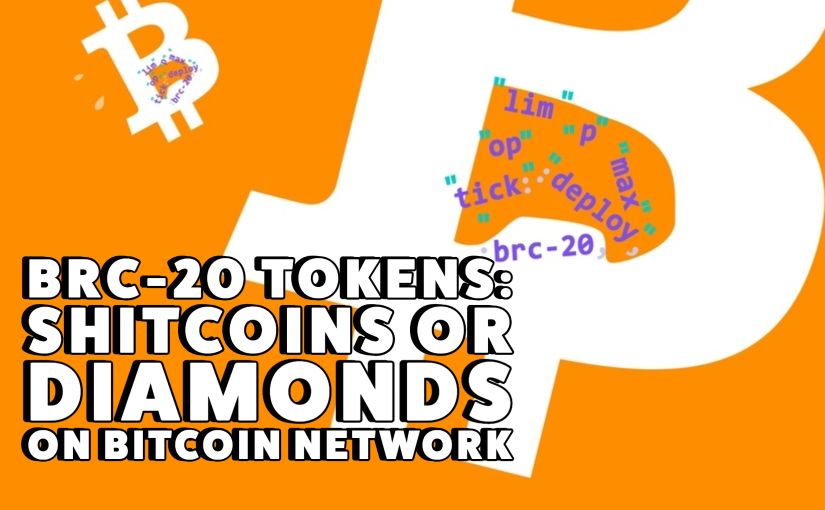
Have you ever wondered how Bitcoin manages to always stay relevant? Just when we thought we knew it all, something new pops up. Enter BRC-20 tokens—a fresh experiment on the Bitcoin network that’s turning heads left and right. But here’s the big question: Are these tokens the next big revolution, or just another overhyped distraction?
Let’s cut through the noise together. BRC-20 tokens have sparked an ongoing debate, dividing the crypto world into two camps. One side claims they’re the ultimate breakthrough, making Bitcoin more versatile than ever. Others? Well, they label them as nothing more than speculative fluff. So why is there so much uncertainty? Let’s dig into what’s fueling these mixed reactions.
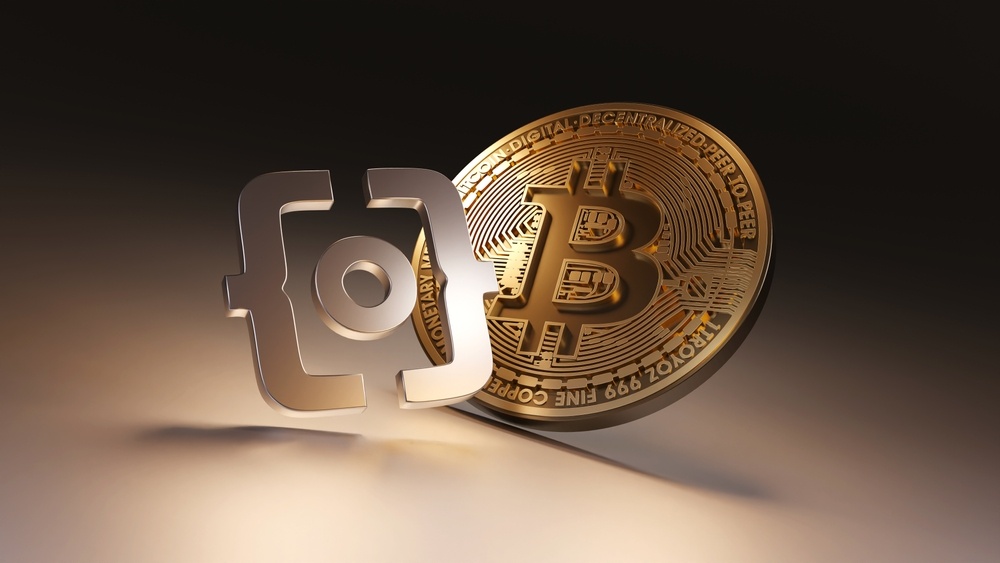
Why is there such uncertainty around BRC-20 tokens?
The buzz around BRC-20 tokens isn’t black and white. There’s excitement, skepticism, and FOMO (fear of missing out) all swirling around. Let’s break it down:
Some say “scam,” others say “revolution”
On one hand, critics argue that BRC-20 tokens are just overpriced hype with no tangible value. They question if these tokens are actually useful or if this is just another way to cash in on Bitcoin’s popularity. The comparison to “shitcoins”—inflated tokens that flood the market and later crash—can’t be ignored.
But then there’s the other side. Supporters believe BRC-20 tokens are exactly what Bitcoin needs to shake off its rigid “store of value” tag. They claim these tokens inject creativity and flexibility into the oldest player in the crypto game. It’s no surprise that the community is split—after all, anytime something challenges the status quo, there’s bound to be controversy.
Let’s talk about Bitcoin’s limitations
Bitcoin was designed to be a decentralized digital currency, not a playground for tokens. And it’s worked—a little too well. The network’s simplicity is both its strength and its weakness. Critics wonder if adding new layers like BRC-20 tokens runs against Bitcoin’s original purpose.
Yet, supporters counter that evolving with the times is necessary. Sure, Bitcoin is amazing at being a store of value. But as Ethereum and other networks prove, adaptability creates opportunities. Could BRC-20 tokens bring balance, or do they risk turning Bitcoin into something it was never meant to be?
Risk of FOMO and fake innovation
Everyone in crypto has been bitten by FOMO at some point—it’s part of the game. But with BRC-20 tokens rising to fame so quickly, the fear of “missing the next Bitcoin moment” can cloud judgment. Jumping in without understanding what these tokens actually bring to the table? That’s a recipe for holding a bag of losses.
Let’s face it—innovation can be fake. If there’s no real utility behind BRC-20 tokens, they’re just an expensive experiment. On the flip side, if this experiment leads to sustainable solutions for integrating tokens on Bitcoin’s network, it could be a game-changer. But how do we know? That’s where things get dicey, and why it’s vital to understand the fundamentals before joining the hype train.
The uncertainty around BRC-20 tokens isn’t going away anytime soon. Are you curious yet? Because coming up next, we’ll break down what BRC-20 tokens actually are, who created them, and why they’re shaking up Bitcoin. Ready to dive deeper?
What Are BRC-20 Tokens Anyway?
Let’s face it, the crypto space is full of buzzwords, trends, and shiny new toys—and BRC-20 tokens are the latest to spark curiosity across the Bitcoin ecosystem. But what exactly are BRC-20 tokens, and why should you even care about them? Let me break it down for you in the simplest way possible, so you’re not left scratching your head the next time someone throws the term around.
The Meaning of BRC-20
First things first, what does “BRC-20” even stand for? It’s short for “Bitcoin Request for Comment.” Think of it as a standard or a set of rules for creating fungible tokens on the Bitcoin blockchain. Inspired by Ethereum’s more familiar ERC-20 token standard, BRC-20 is Bitcoin’s experimental spin at allowing token creation on a protocol known for its simplicity and resilience. But here’s the kicker: it doesn’t operate exactly the way ERC-20 does.
BRC-20 tokens run on Ordinal Inscriptions. In layman’s terms, they piggyback on Bitcoin’s blockchain by using metadata inscriptions to assign unique properties to satoshis (aka the smallest unit of Bitcoin). This makes them tradeable and gives developers a way to experiment with tokens on Bitcoin, something that just a few years ago seemed unthinkable.
Who Invented This and Why?
Ever heard of “Domo”? No, not the adorable cartoon character. This Domo is the developer who birthed the idea of BRC-20 tokens. While Domo isn’t a public figure like some founders, their innovation has stirred the waters of Bitcoin development. The goal was simple: let’s see if Bitcoin’s often-criticized, rigid architecture could support some token-building fun like Ethereum.
“I created BRC-20 as an experiment,” Domo shared in a public forum. And it’s important you don’t miss that key word—experiment. This entire thing wasn’t a pitch to reinvent Bitcoin but rather a community-driven attempt to expand its capabilities. It had no roadmap, no funding, no elaborate promises. Just raw experimentation to engage the Bitcoin ecosystem with something completely different.
How These Tokens Work on Bitcoin
Now, here’s where it gets interesting. You might’ve heard that Bitcoin wasn’t initially designed to support tokens, and you’d be right. Bitcoin was created as a peer-to-peer digital currency, not a full-blown decentralized playground like Ethereum. But with the rise of Ordinal Inscriptions, things have started to change.
- BRC-20 tokens rely on these Ordinal Inscriptions to attach data to individual satoshis.
- Unlike Ethereum’s smart contracts, this process doesn’t require any fancy scripting capabilities.
- All it takes is some creative use of Bitcoin’s existing infrastructure to create a token standard with only a fraction of the complexity.
What does that mean for you as a user or an investor? Well, instead of needing an entirely separate ecosystem, BRC-20 tokens work within Bitcoin itself. It’s almost like Bitcoin suddenly got a new toy in its sandbox. But there’s always a question lurking in the shadows: how practical is this? As we dive into real scenarios (pun intended), you’ll see why people are scrambling to get their hands on these tokens—or to stay far, far away.
Now that you’ve grasped the meaning and mechanics of BRC-20, it’s time to check out the real-world examples that have made these tokens the talk of the town. Curious to see who’s leading the BRC-20 revolution—or just riding the hype? Let’s keep going.
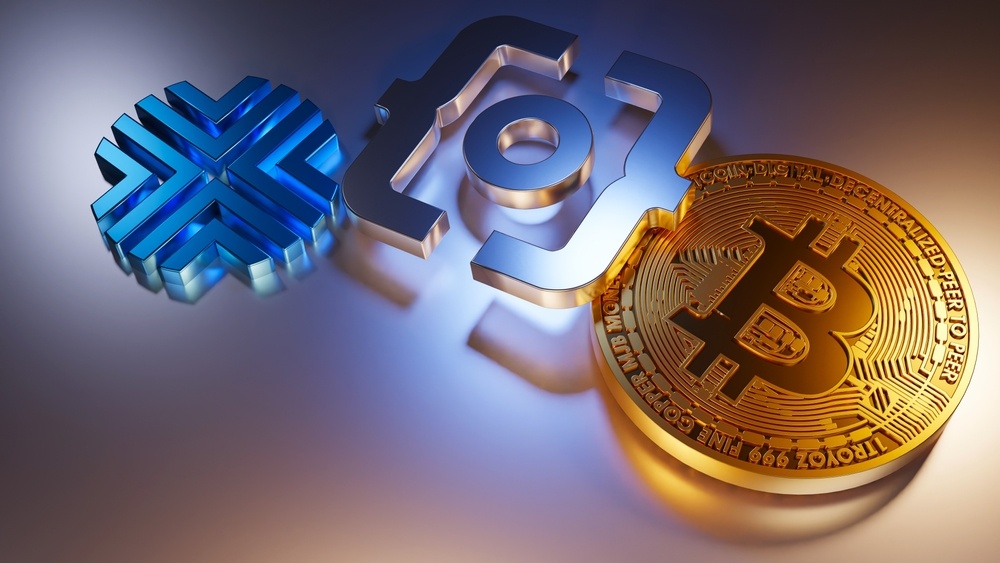
Popular Examples of BRC-20 Tokens
Let’s get straight to the action. BRC-20 tokens aren’t just a concept floating in tech jargon; they come alive through some big names already making waves. Curious about who’s leading this wild ride? Let me introduce you to a few stars stealing the spotlight—and why they’re making people open their wallets faster than those crazy Black Friday sales.
ORDI, PEPE, and Friends
First up, ORDI. This was the first-ever BRC-20 token, and boy, did it light the spark. Think of it as the “OG” of the BRC-20 space. Everyone flocked to it, partly because of that first-mover hype, and partly because, well—it’s history in the making. ORDI showed the world that Bitcoin could be more than a store of value. It could host a thriving token economy.
Then, there’s PEPE. You’ve probably stumbled upon Pepe the Frog memes somewhere on the internet, but guess what? It’s also a meme token under the BRC-20 banner. While meme coins like Dogecoin took over Ethereum and Binance Smart Chain, PEPE on Bitcoin is now carving out its own spotlight. The beauty and the madness of tokens like PEPE lie in their community-driven appeal. They thrive purely on vibes, memes, and the never-ending FOMO epidemic in crypto.
And don’t forget their so-called “friends.” Plenty of smaller BRC-20 tokens are popping up daily. Some are sincere attempts at utility or value; others are straight-up memes or experiments. If ORDI paved the road, PEPE and similar tokens are shaking things up with their unpredictability. Makes you wonder where this energy will lead, doesn’t it?
How Are They Priced?
Ah, the million-dollar question—or should I say, Bitcoin question? How on Earth are these tokens priced? Let me be honest: it’s a cocktail of hype, speculation, and bits of real utility here and there.
Take ORDI, for instance. Its value shot up because it was the first, and early adopters saw it as a blueprint for future BRC-20 projects. With PEPE, it’s all about memes and community sentiment. People buy into the cultural buzz and hope the price will rocket. But there’s more beneath the surface.
Some tokens are trying to add actual utility by promising functionality on the Bitcoin network. But let’s face it—utility is still in its baby phase. For now, much of the pricing revolves around belief and hype rather than something solid. In other words, you’re betting as much on the crowd’s emotions as you are on the project itself. Exciting? Yes. Risky? Definitely. This is the type of market that can turn you into a legend or send you back to square one faster than you can say Satoshi Nakamoto.
What Platforms Are Supporting Them?
If you thought BRC-20 tokens were just a fleeting trend, think again. When big players start to notice, you know something’s brewing. Major exchanges like Binance and KuCoin are already stepping into the game, offering support for trading BRC-20 tokens. This is a big deal because it makes these tokens easy to buy, sell, and trade for the average crypto user.
Platforms like these act as a trust stamp. If they’re listing a BRC-20 token, it’s not just some shady back-alley token anymore; it’s validated by industry giants. On top of that, decentralized wallets and marketplaces supporting ordinals have popped up, making it easier than ever to interact with these tokens right on the Bitcoin network.
So the real question is—if Binance and KuCoin are in the picture, what’s next? Could we be on the brink of a whole ecosystem revolution? Or is this just another spark that could burn out?
Here’s something you won’t want to miss: are BRC-20 tokens just expanding Bitcoin’s possibilities, or are they setting us up for something far more groundbreaking? Let’s peel back that layer in the next part—you’ll see why the brightest minds are either thrilled or terrified about these tokens’ insane potential. Ready to uncover the magic?

Pros of BRC-20 Tokens
Let’s be honest—Bitcoin has always been about keeping things simple: store value, transfer value, and secure value. But now, BRC-20 tokens are flipping the script and bringing a fresh wave of creativity to the Bitcoin network. Are these tokens really as promising as they seem? Let’s break it down.
Unlocking Bitcoin’s Creative Potential
Bitcoin has often been called “boring” compared to Ethereum’s playground of NFTs and DeFi apps. Some even say it’s the “boomer” of the crypto world. But BRC-20 tokens are breathing new life into the chain. By leveraging ordinal inscriptions, these tokens prove Bitcoin isn’t just about holding a digital gold bar—it can also be a canvas for innovation. For the first time, people can actually build dynamic things on Bitcoin instead of just watching it sit still.
Think about it this way: Ethereum had its moment with ERC-20, fueling hundreds of projects and new systems. Now, Bitcoin’s taking a crack at creating its own layer of functionality. Is this a game-changer for Bitcoin’s narrative? Seems like it might be. If Bitcoin can combine its rock-solid reputation with creative new tools like BRC-20 tokens, who’s really going to compete with that strength?
Decentralized and Community-Driven
BRC-20 tokens aren’t corporate-backed or top-down. Instead, they thrive because of their decentralized nature. This entire ecosystem is user-driven—born in experimental communities from folks who wanted to make Bitcoin more exciting.
Here’s the cool part: developers behind these tokens don’t have to play by the rules of big institutions. Many of the people behind BRC-20 tokens use open-source code that anyone can explore, copy, or contribute to. In a way, this feels like a throwback to Bitcoin’s raw, experimental roots. It’s like punk rock but with blockchain—bold, brash, and totally in the hands of the crowd. And let’s be real, doesn’t crypto need a bit of that edge back?
First-Mover Advantage
You’ve heard the phrase “early bird catches the worm,” right? Well, the crypto version of that might go something like: “The early investor bags the alpha.” BRC-20 tokens could be an opportunity for those willing to take a little risk and explore this brand-new experiment while it’s still in its infancy.
Let’s look back for a second: Remember the early days of Ethereum’s ERC-20 tokens? A few lucky (or smart?) people struck gold while most stood on the sidelines. Fast forward to today, and those same “early adopters” have reaped massive rewards if they picked the right projects. BRC-20 could have similar vibes. Sure, the road is murky, but that’s part of the thrill, isn’t it? Anybody who jumps into this emerging ecosystem now has the chance to ride the wave before anyone else realizes its full potential.
But here’s the flip side—new ecosystems often attract both pioneers and opportunists. Are BRC-20 tokens diamonds waiting to shine brighter, or will they turn out to be fool’s gold? That question needs to be answered before you leap in. But isn’t figuring that out half the fun?
“The ones who see opportunity in uncertainty are the ones who shape the future.”
Exciting, right? This is Bitcoin with a twist. It’s no longer just the old, reliable asset—it’s a gateway to something creative, raw, and community-led. The BRC-20 phenomenon might just shift how we think about what Bitcoin can do. Of course, not every sparkle is a diamond, and in the next section, I’ll show you exactly where the cracks could appear. Are these tokens just hype with no utility? Could Bitcoin’s own limits hold them back? Stick around—we’ll go there next.
The Shady Side: Risks of BRC-20 Tokens
Alright, let’s face it—every shiny new thing in crypto comes with risks. BRC-20 tokens might sound exciting, even revolutionary, but they’re not without their share of turbulence. From whispers about overhype to the ever-present ghost of Bitcoin’s scalability issues, it’s essential to know what you’re stepping into before you get lost in the FOMO buzz.

Overhyped with No Clear Purpose (Yet)
Remember when NFTs exploded, and some people were dropping millions on digital rocks and pixelated apes? Well, the BRC-20 craze might be heading in the same direction. The truth is, a lot of these tokens are pumped up by pure speculation right now. Most of them don’t have any practical use cases yet, and any value they are holding feels like it’s hanging on hype and hype alone.
For instance, take tokens like $ORDI or $PEPE. They’ve grabbed attention, sure. But if you ask someone what exactly $ORDI does, you’ll probably get a vague answer like “it’s just the first BRC-20” or “people are buying it, so …”. That’s not utility—that’s just frenzy.
“The euphoric excitement of easy gains often blinds us to the harsh truths of poor innovation.”
Are they diamonds in the rough, or just expensive experiments? That’s for time to tell. But don’t let the latest Twitter hype train make your wallet their next casualty.
Limited Scalability of Bitcoin
Here’s the harsh reality about Bitcoin: it wasn’t exactly built for this. BRC-20 tokens are pushing the network hard. Bitcoin was designed to be a rock-solid, peer-to-peer store of value, not a sandbox for meme tokens. And, while this experiment is interesting, it’s also stretching Bitcoin to its limits.
Take the recent mempool congestion as an example. When BRC-20 inscriptions started booming, Bitcoin’s transaction fees shot through the roof, turning a robust network into a bottleneck. Many users who needed Bitcoin for regular transactions suddenly found themselves priced out. Imagine paying $30 in fees just to move $50 worth of Bitcoin—you’d probably pull your hair out!
This scalability challenge isn’t going away anytime soon. And as more BRC-20 tokens emerge, things could get worse before they (maybe) get better.
Lack of Regulation and Increased Scams
This part should send shivers down your spine: decentralization is beautiful, but it’s also an open door for scams. The Wild West vibe in BRC-20 territory has already caught the attention of scammers, pump-and-dumpers, and straight-up rug pullers. And the absence of solid regulatory frameworks only makes it worse.
There have been multiple reports of scammers creating tokens, hyping them up on social media, and then dumping them once others start buying. In these schemes, you don’t lose money slowly—you lose it faster than you can even log back into your wallet.
- Always check the legitimacy of the token: Who created it? Does it have any real community support?
- Be extra cautious with wallets and marketplaces—fake copies are everywhere.
- Never jump in just because everyone else is doing it. That’s how bags get held.
Bitcoin’s decentralization is a double-edged sword. It fosters creativity, but without guardrails, it’s easy to get burned.
So, Are They Building or Breaking Bitcoin?
Here’s the thing: BRC-20 tokens have potential, but the risks are real and here to stay. If Bitcoin is being pushed beyond what it can handle, do we need to rethink its role in tokenization? Or is Ethereum still the undisputed champ in this arena? That’s exactly what we’ll get into next—you’ll want to stick around for that.
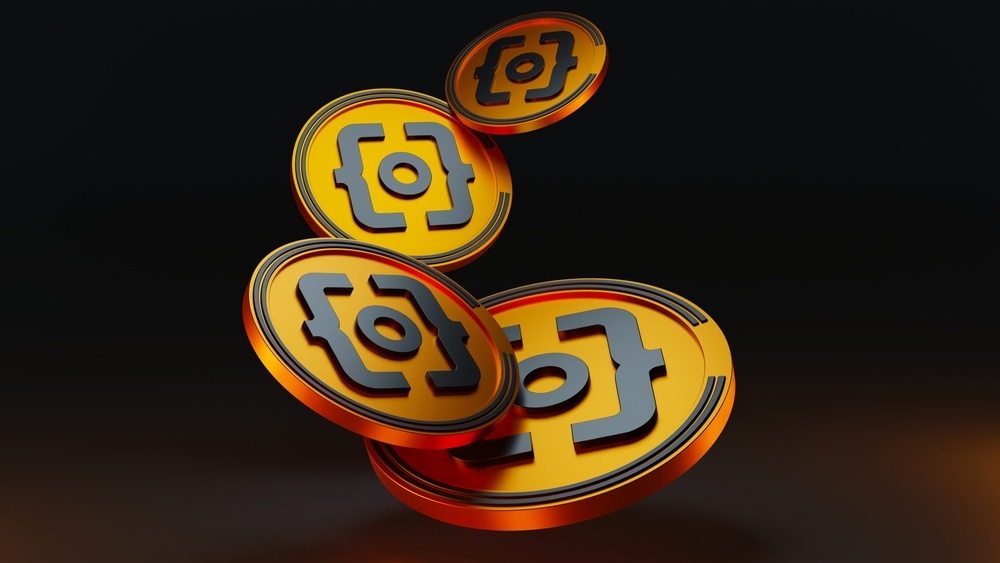
Comparing BRC-20 Tokens to Ethereum’s ERC-20
Here’s the thing about BRC-20 tokens—they didn’t just spring up from nowhere. If you’ve been around the crypto world for a bit, you’ve probably seen the term “ERC-20” a million times. Ethereum’s ERC-20 tokens have become a massive part of the blockchain ecosystem, powering everything from DeFi to NFTs. But now Bitcoin wants in on the action. So how do these two compare?
How BRC-20 Is Inspired by ERC-20 (But Isn’t the Same)
Let’s call it what it is: BRC-20 takes its inspiration from Ethereum’s ERC-20, but they’re two totally different beasts. While ERC-20 has set the gold standard for fungible tokens, BRC-20 explores whether Bitcoin can replicate some of that success.
- Standards and Structure: ERC-20 is a token standard built as part of Ethereum’s smart contract functionality. It’s like the blueprint for creating tokens on Ethereum. BRC-20, on the other hand, builds on Bitcoin’s ordinal inscriptions—a way of attaching extra data to Bitcoin transactions. That’s much more primitive compared to Ethereum’s automated smart contracts.
- Smart Contracts? Not Here: One of the ERC-20 token’s biggest strengths is how easy it is to program smart contracts with it. These can manage things like lending protocols and decentralized exchanges. BRC-20 doesn’t have that kind of power—it’s mostly experimental and limited to basic token creation and transferability on Bitcoin.
- Use Cases & Innovation: ERC-20 tokens have tangible utility—they’re used in financial ecosystems, governance protocols, NFT marketplaces, and way more. BRC-20? Well… let’s just say it’s still trying to find its footing. Right now, it’s shining more as a speculative tool than anything practical.
In short, if ERC-20 is a fully equipped sports car, BRC-20 is like a cool prototype bike someone built in their garage. It works, but it’s far from dominating the roadways just yet.
Does Bitcoin Stand a Chance in Tokens?
Here’s the million-dollar (or Bitcoin?) question: can Bitcoin really compete with Ethereum when it comes to tokens? Ethereum’s been dominating this space for years, and it’s got the infrastructure to show for it—easy programmability, widespread adoption, and ecosystems that just work.
On the flip side, Bitcoin has the trust factor. People respect Bitcoin’s decentralization and security. After all, it’s the first and most reliable cryptocurrency. But is that enough? Can BRC-20 tokens really shake Ethereum’s grip on the token game?
Another concern is scalability. Bitcoin wasn’t built for high-volume transactions the same way Ethereum was. That could prove to be a major roadblock for BRC-20 tokens. Will we see innovations like the Lightning Network making a difference here? It’s possible, but nothing’s certain yet.
“Ethereum is the playground, but Bitcoin is the fortress. Can you innovate inside a fortress? Or does it need to stay indestructible?”
The short-term outlook seems to favor Ethereum. But Bitcoin is playing the long game, and if tokens like BRC-20 grow legs, you could be looking at a very different world down the road.
So, is Bitcoin up for the challenge? Or are BRC-20 tokens going to stay in Ethereum’s shadow? Well, it all depends. But what if you wanted to give them a shot yourself? The tools you need might be closer than you think.
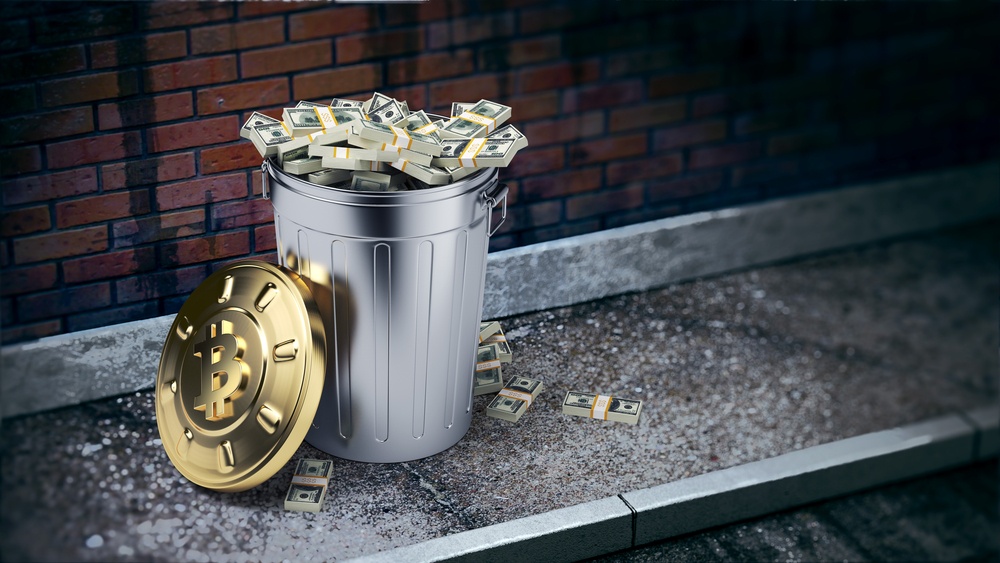
How to Get Started with BRC-20 Tokens
Alright, so you’re here, which means BRC-20 tokens have piqued your interest. Maybe you’ve heard the buzz, seen people making moves, or caught a headline about massive gains. Whatever the case, you’re curious about how to jump into this wild ride. Let me break it down for you in simple steps because, trust me, starting out doesn’t have to feel like cracking some secret crypto code from the future.
Where to Buy and Trade
This is the most important question: where can you actually grab these tokens? Lucky for you, the growing popularity of BRC-20 has led to an increasing number of platforms supporting them. Here are some of the easiest and most reliable places to get started:
- Binance: A name most of you already know. Binance has been quick to adapt, offering not just trading but also guidance on these tokens.
- KuCoin: Known for its broad token offerings, KuCoin is another popular exchange where BRC-20 tokens are making waves.
- Gate.io: An accessible option if you’re looking for an exchange that consistently adds the latest trends in crypto.
Before you choose, take a moment to check liquidity, fees, and token availability. Each platform’s offerings may vary depending on where you are and the exact tokens you’re targeting.
Wallets You Can Use
Now that you know where to buy and trade, you’ve got to ask, “Where am I going to store my tokens?” After all, safety is everything in crypto. Here are some wallets that play well with BRC-20 tokens:
- Ordinals Wallet: Made specifically for handling Bitcoin ordinals and BRC-20 tokens, this one’s a favorite for enthusiasts in the space.
- UniSat Wallet: This is a go-to for many when it comes to BRC-20. It’s easy to set up and integrates smoothly with marketplaces.
- Ledger (Hardware Wallet): If you’re serious about security, you can’t go wrong here. Ledger supports ordinals and ensures your assets stay offline, away from hackers.
A quick tip: Always check to see if your chosen wallet supports specific BRC-20 tokens before transferring anything into it. Mistakes here can mean irreversible losses.
Do Your Research Constantly
I can’t stress this enough: crypto moves at lightning speed, and BRC-20 tokens are no exception. That’s why you need to stay sharp and keep researching. It’s not enough to jump into a platform or wallet just because everyone else is doing it. Take the time to explore:
- What individual tokens represent (are they just hype, or do they have actual long-term potential?)
- The credibility of exchanges or wallets you use (have they ever had security breaches?)
- Upcoming developments in the Bitcoin or Ordinals ecosystem (are new features or updates going to affect BRC-20 tokens?)
As Warren Buffett famously said, “Risk comes from not knowing what you’re doing.” Crypto is no different. The more you understand, the better your chances of not just surviving but thriving in this ever-changing market.
So, are you ready to take the plunge, or does it all still feel like uncharted waters? Maybe what you’re missing is the right toolkit. Want to know where to find the best resources to guide you every step of the way? Let’s explore that next…
Resources to Keep You in the Loop
BRC-20 tokens are fast-moving, unpredictable, and evolving every day. Staying informed isn’t just a suggestion—it’s a must. Whether you’re here to figure out if these tokens are the next big thing or just want to avoid getting wrecked, knowing where to find accurate, up-to-date information makes all the difference. Let me show you some tools and communities that can help you stay one step ahead.
Helpful Tools and Communities
First up, you need tools that simplify the chaos of BRC-20 tokens. Thankfully, there’s a growing number of analytics platforms that help monitor token performance on Bitcoin. Want to track the most popular tokens like ORDI or PEPE in real time? Platforms like UniSat and BRC-20.io are already making waves. They’re straightforward to use and allow you to explore token stats, minting trends, and historical performance—all at your fingertips.
But tools alone won’t cut it. You’ll want to get involved in communities where crypto enthusiasts discuss the latest on BRC-20 developments, potential pitfalls, and trading opportunities. Forums like BitcoinTalk and Telegram groups focused on Bitcoin Ordinals are goldmines for conversations and insider tips. Just keep your guard up—there’s no shortage of scammers out there who thrive in highly speculative spaces like this.
Unlocking the Power of Staying Ahead
The crypto space waits for no one—it’s either adapt or miss out. Whether you’re interested in BRC-20 tokens for financial gains or simply want to understand where Bitcoin is headed, the key takeaway is simple: stay informed. Use the tools, join the communities, and keep trusted resources within reach. The price of ignorance in this rapidly shifting space could cost you more than you imagine.
But now I wonder—what’s really driving this BRC-20 craze? Are these tokens rewriting Bitcoin’s story, or are they just the latest bubble waiting to pop? Let’s find out as we explore more in the next part.
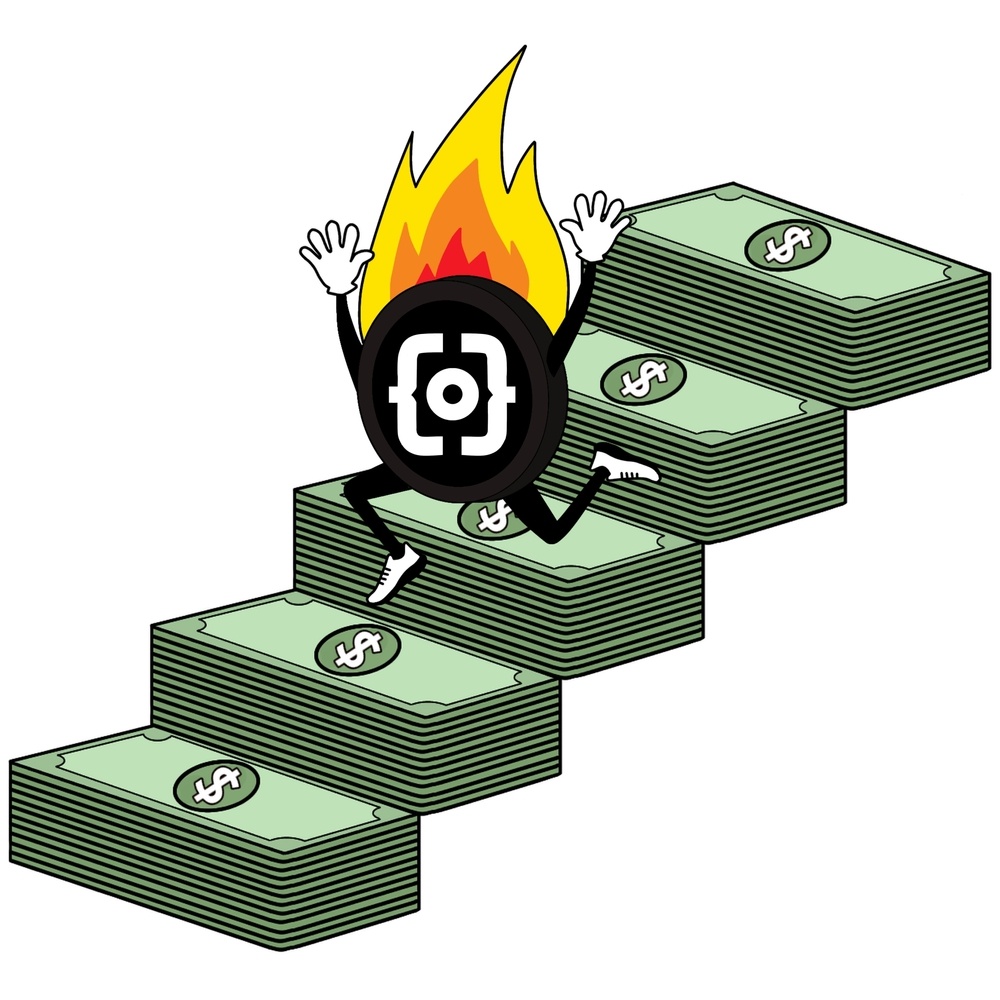
Are BRC-20 Tokens the Next Big Thing or a Bubble Waiting to Burst?
If you’ve made it this far, what do you think about BRC-20 tokens? Are they changing the game, or are we just dressing up Bitcoin in fancy clothes for a short-lived hype? This debate is hotter than ever, with strong arguments on both sides. Let’s break it all down one last time.
Why the Debate Continues
Here’s the thing—both believers and skeptics have points worth thinking about. The true believers argue that BRC-20 tokens breathe fresh life into Bitcoin, pushing it beyond “digital gold” and opening up new doors for creativity and functionality. After all, Bitcoin has mostly been about storing value, so adding this experimental layer of tokenization is exciting, right? It shows that even something as “set in its ways” as Bitcoin can still shake things up.
On the flip side, skeptics claim this is yet another bubble—a cycle we’ve seen too many times in crypto. They’ll point to examples like meme tokens or projects from the 2017 ICO wave that promised the world but didn’t deliver much at all. It’s true that some of the most hyped-up BRC-20 tokens, like PEPE or MEME coins, are based more on excitement than actual utility. People get distracted by the fear of missing out (FOMO) and lose sight of whether these tokens even serve a purpose.
So, is this just Bitcoin struggling to stay relevant in the token game, or is it laying the groundwork for something much bigger that’s still in its early days?

How is it with potential that BRC-20 tokens are being shitcoins
My Take on BRC-20
Alright, now for the part you’ve been waiting for—my own two sats (or cents) on BRC-20 tokens. I’ll be honest; I’m cautiously optimistic. Here’s why: while I see the risks (and there are plenty), I can’t ignore the creativity and innovation this brings to the Bitcoin network. Experimentations like these make the crypto space exciting—it’s where breakthroughs tend to happen.
At the same time, I can’t pretend the hype isn’t a problem. Remember, just because something’s new doesn’t mean it’s valuable. Quite a few BRC-20 tokens feel like glorified memes with insane price tags and no clear purpose. That’s a red flag. And if we’re being real, Bitcoin has its limits when it comes to scalability. Throw in the lack of regulation, and this space becomes a perfect playground for scammers and bad actors.
Does that mean you should completely avoid BRC-20 tokens? Not necessarily. If you enjoy being part of early-stage experiments and you’re willing to take the risk, go for it—but never gamble more than you can afford to lose. And always, always do your homework.
Final Takeaway
BRC-20 tokens have added an entirely new dimension to Bitcoin’s story. Whether these are just playful distractions or markers of something revolutionary, they’ve shown us that Bitcoin is not as “boring” or rigid as some people believed. Experimenting isn’t always a bad thing. It’s how we explore the edges of what’s possible.
So here’s my parting advice: stay curious, stay informed, and don’t get swept up by hype alone. Whether we look back at BRC-20 tokens as a milestone or a meme, the ride we’re on right now is what makes crypto amazing. The Bitcoin network keeps evolving, and who knows? Maybe we’re witnessing the early days of something bigger than we can imagine—or maybe we’re not. Either way, enjoy the adventure, and as always, keep your eyes open and your wits sharper than ever.
